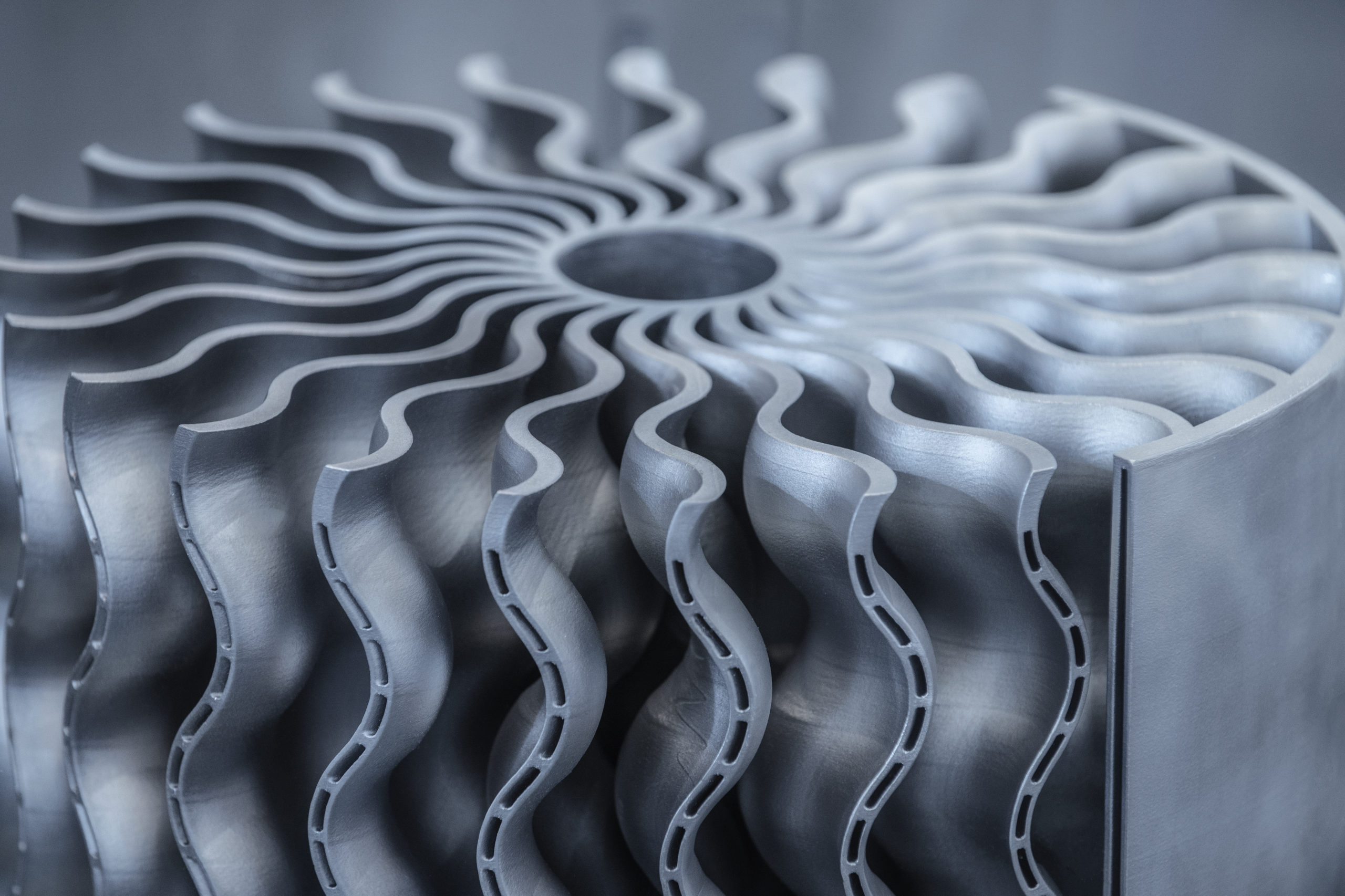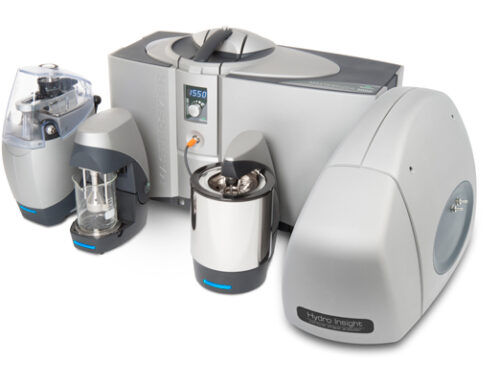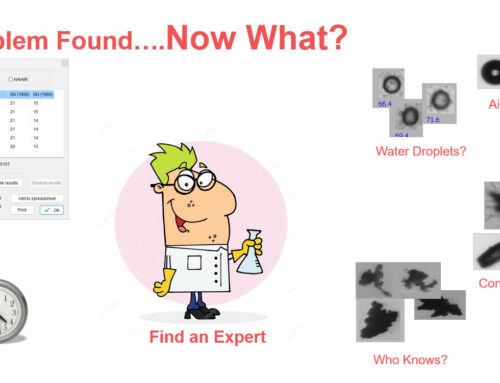Why Characterizing Tungsten Powders Matters in Additive Manufacturing
Tungsten is one of the most critical materials in metal additive manufacturing (AM) due to its exceptional density, strength, and thermal properties. But to ensure successful printing outcomes, manufacturers must go beyond basic particle size measurements.
With Vision Analytical’s Raptor Dynamic Image Analyzer, users can gain deep insight into tungsten powder morphology—not just how big particles are, but how they behave and vary in both wet and dry suspensions.
The Limits of Traditional Particle Size Analysis
Conventional techniques like laser diffraction or sieve analysis only provide particle size distributions. They don’t reveal the true shape, surface texture, or dispersion behavior of particles — all of which are essential for predicting:
-
Flowability
-
Packing density
-
Sintering performance
-
Powder spreadability in AM processes
That’s where Dynamic Image Analysis (DIA) steps in.
Using the Raptor: Wet vs. Dry Dispersion Analysis
In our latest test, we ran tungsten metal powders on the Raptor under both:
-
Dry dispersion, using the integrated dry powder feeder
-
Wet suspension, using the Raptor’s liquid flow cell
Key Observations:
-
Wet dispersion revealed primary particles by breaking up agglomerates
-
Dry dispersion maintained more of the bulk morphology
-
The ability to compare both modes led to a better understanding of the powder’s true characteristics
The Raptor’s image-based classification engine provided not only visual validation, but quantitative data on particle shape and size — something traditional methods simply can’t do.
Quick & Easy: Switching Between Wet and Dry Modes
One of the Raptor’s standout advantages is its quick conversion from dry to wet analysis. Users can switch modes in under 5 minutes, with no recalibration or complex setup required.
This flexibility empowers materials scientists and production teams to:
-
Validate results across dispersion conditions
-
Troubleshoot processing issues
-
Optimize formulation or blending techniques
-
Maintain consistent powder quality control in real time
More Than Just Pretty Pictures: True Particle Classification
What sets the Raptor apart isn’t just its high-resolution imaging — it’s the automated classification and data filtering tools. During the tungsten powder analysis, we used Raptor’s software to:
-
Filter by aspect ratio, circularity, and elongation
-
Detect outliers such as oversized contaminants or fines
-
Segment the particle population into shape-defined classes
This is crucial for meeting the strict tolerances demanded in metal AM, thermal spraying, and powder metallurgy.
Applications in Metal Additive Manufacturing
Understanding how tungsten powders behave in both wet and dry forms has direct implications for:
-
Powder bed fusion (PBF)
-
Binder jetting
-
Hot isostatic pressing (HIP)
-
Refractory part manufacturing
Manufacturers who need tight control over print quality and material performance can benefit significantly from shape-based particle classification.
Watch the Full Demonstration
We’ve created a short video to showcase the wet vs. dry analysis of tungsten powders using the Raptor. You’ll see:
-
Real-time imaging
-
Classification output
-
Seamless switching between dispersion modes
Conclusion
Whether you’re in additive manufacturing, materials R&D, or quality control, using both wet and dry suspension analysis with the Raptor DIA provides a clearer, more complete picture of your tungsten powder properties. And with shape-based classification and a fast, user-friendly interface, the Raptor sets a new standard for advanced particle analysis.
Learn More or Request a Demo
🔗 Explore the Raptor DIA System
📧 Contact Us for More Information







